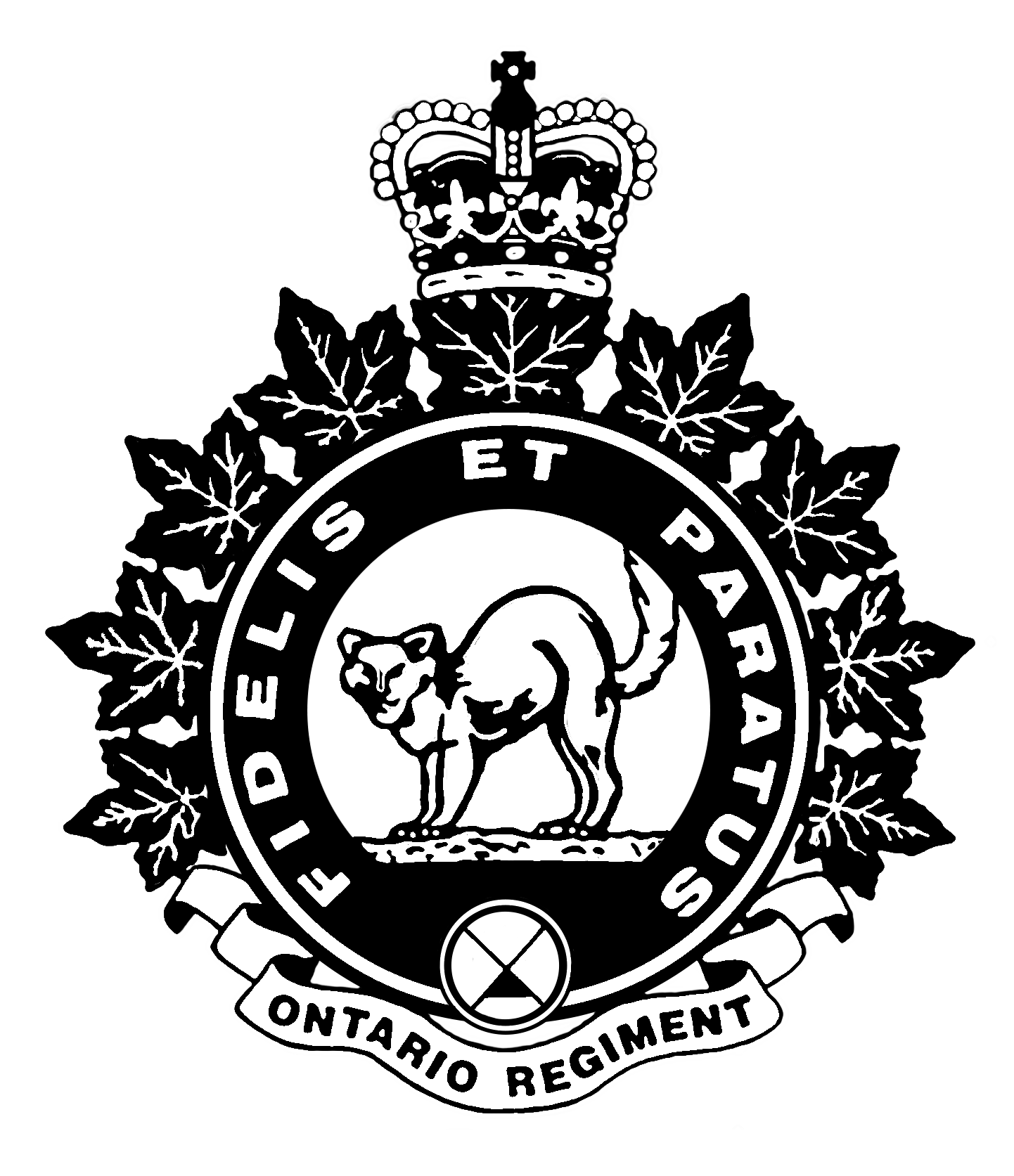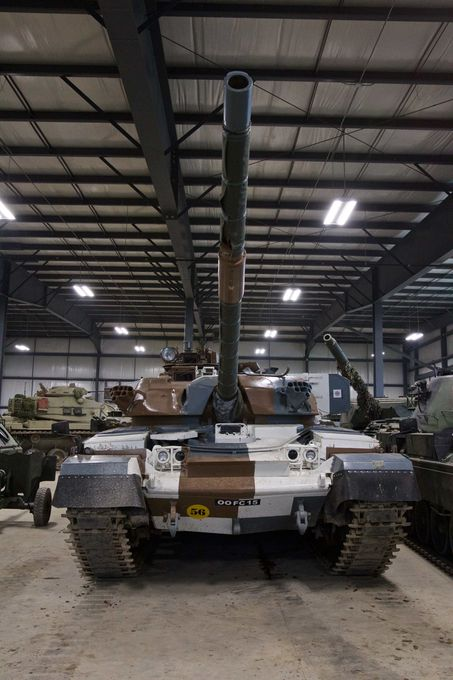The museum took possession of a classic tank last week. The Chieftain Mark 10 showed up and was made ready to premier at the “Blitzkrieg” Tank Saturday to the delight of the crowd and the museum members.

The design of the Chieftain began as early as 1958. It was designed to replace its two predecessors; Centurion and Conqueror. The concept was to have the mobility of Centurion and the firepower of Conqueror. Manufacturing began in 1963. The Mark 5 was the first production mark and was delivered in 1966.
The Chieftain was designed almost from scratch. Other than the tracks and some wheel elements, nothing was inherited from Centurion. There were some unique features; a mantle-less turret, allowing superior depression angles, highly sloped mantlet and turret sides, use of three-part ammunition, and for the first time, the driver was seated in a recumbent position. Interestingly, security concerns led to a canvas cover over the mantlet, and steel boxes on the glacis and turret sides to hide the slope.
Originally, design was jointly shared with Israel and two early marks were sent to Israel for testing. However, the UK determined that there was better potential of sales to Arab countries and the agreement was cancelled. This led Israel to develop the Merkava series of tanks.
The largest problem with Chieftain was the engine. The original L60 Multifuel engine was underpowered and even though the engines were constantly upgraded, the addition of armour always meant the tank under performed.
The gun used multi part ammunition. The projectile, propellant, and initiator were three separate components. 62-64 projectiles (HESH, HE, APDS, Practice) were carried along with 36 propellant bags (in wet storage). The gun was fired using a half inch initiator cartridge. Marks 1-2 had a ranging MG but this was replaced after Mark 3 with laser rangefinders.
A large infra-red searchlight was installed on the left side of the turret. Smoke grenade launchers \ (2 X 6) were mounted on the front of the turret Large storage bins were also mounted on the track covers, turret sides, turret back, and side skirts were added to protect the main part of the tracks.
The first production mark was the Mark 5. Marks 6-9 were mostly upgrade programs and engine upgrades. The Mark 10 added the Stillbrew armour package. The last Mark 12 was finalized in 1986 when the Challenger 1 was introduced.
The Stillbrew armour package consisted of five steel plates, along with cement and rubber covered in plastic. Thin rubber layers between the plates and steel pins assisted in holding the plates in place. Individual sections of the Stillbrew package were able to sustain up to two direct hits. Stillbrew armour added a weight of 2.2 tonnes.

The museum has one Chieftain Mark 10 currently as a part of its fleet of operational vehicles. This tank served as a part of the Berlin Infantry Brigade and was one of 18 Chieftain assigned to C Squadron, 14th/20th King’s Hussars. It is call sign 34 which would be the troop leader of 4 Troop, C Squadron. The name of the tank is “Cambrai” following the British tradition of naming tanks with the corresponding Squadron letter (i.e All C Squadron tanks have names beginning with the letter “C”). The Camouflage scheme was modified to reflect the urban environment and was unique to the Berlin contingent.
Matt Liness
OntR Museum Web Master


